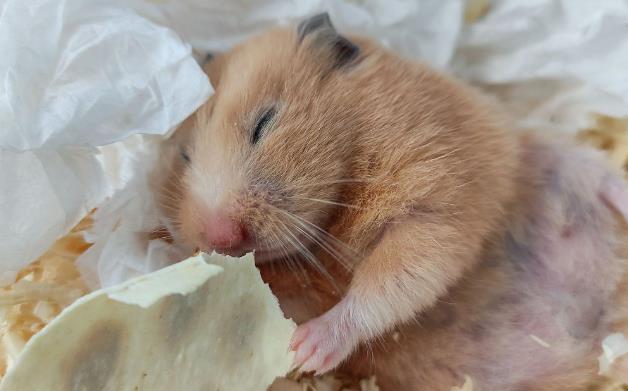When it comes to whether hamsters need light at night, the issue should be analyzed by combining their nocturnal habits and physiological characteristics:

I. Natural Light Requirements of Hamsters
Nocturnal Adaptation
In the wild, hamsters are active at night and rest during the day. Their visual system has evolved to adapt to low-light conditions, while strong light (including sunlight and artificial light sources) can damage their retinas and trigger stress responses.
The natural light cycle helps hamsters regulate their daily routines. Turning on lights at night can make them mistake it for daytime, leading to circadian rhythm disorders, reduced activity, and even depressive tendencies.
II. Potential Risks of Artificial Lighting
Harm of Blue and White Light
Experiments show that hamsters exposed to blue or white light at night experience a reduction in hippocampal dendritic spines (associated with depression), with blue light having the most significant impact.
Abnormal Behaviors
Long-term nighttime lighting may cause stress behaviors in hamsters, such as cage biting and food refusal. In severe cases, it can lead to "cage paralysis" (degradation of motor skills).
III. Feeding Recommendations
Principles for Nighttime Lighting
Avoid direct strong light. If interaction is needed, use warm yellow light (simulating moonlight) briefly and ensure there are sheltered areas in the cage.
It is recommended to turn off the lights during sleep to maintain a dark environment.
Alternative Solutions
During the day, open windows to introduce natural diffused light (not direct sunlight) to help hamsters distinguish between day and night.
Cover the cage with a light-blocking cloth to reduce external light interference.
Conclusion
Hamsters do not need extra light at night, as a dark environment is more in line with their natural habits. If lighting is necessary, choose low-intensity warm light and strictly control the duration.
